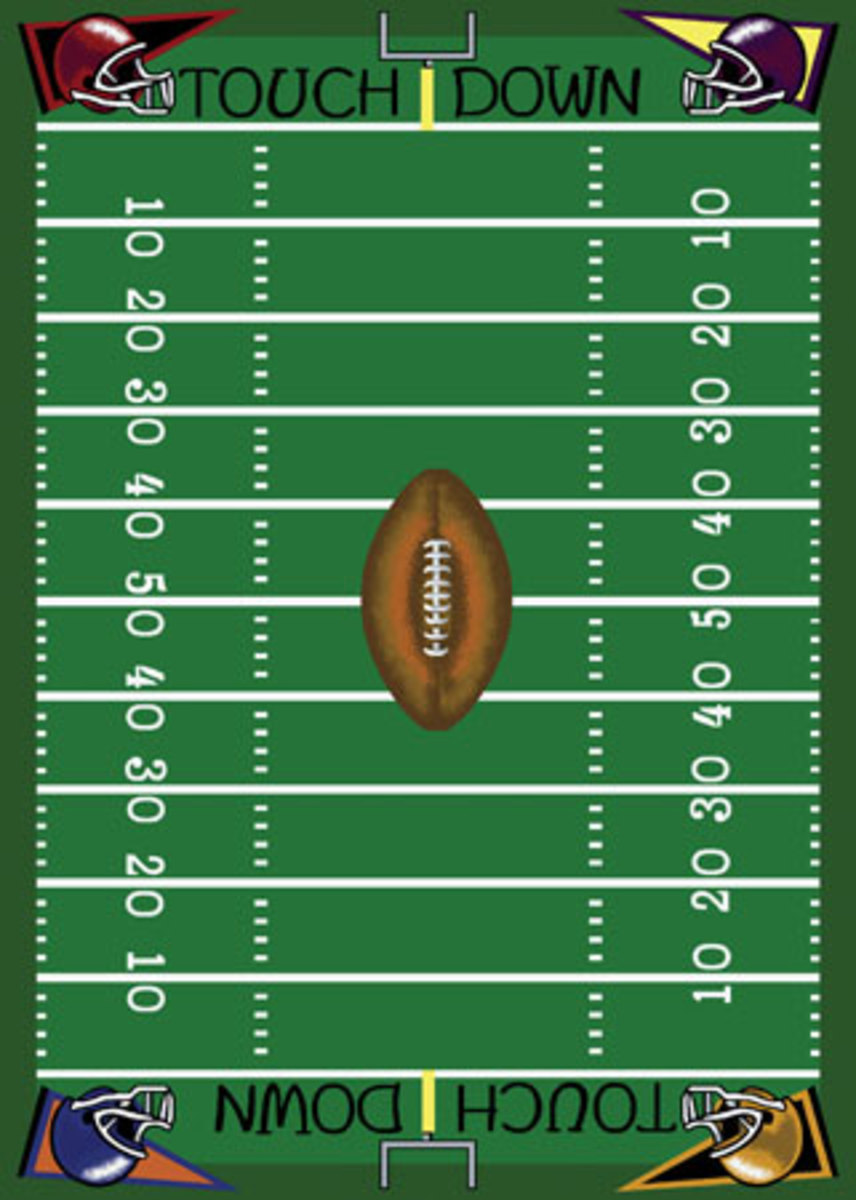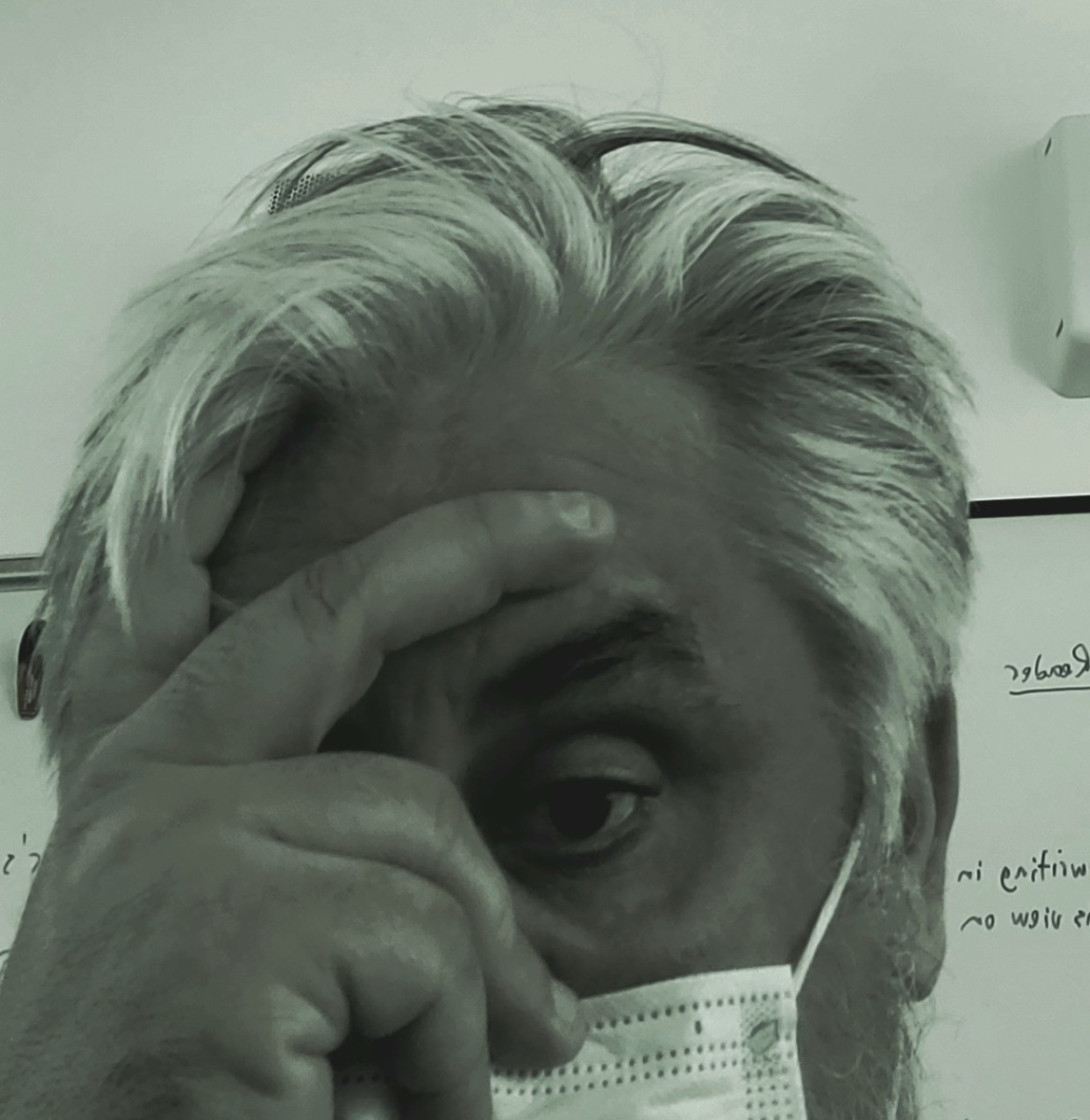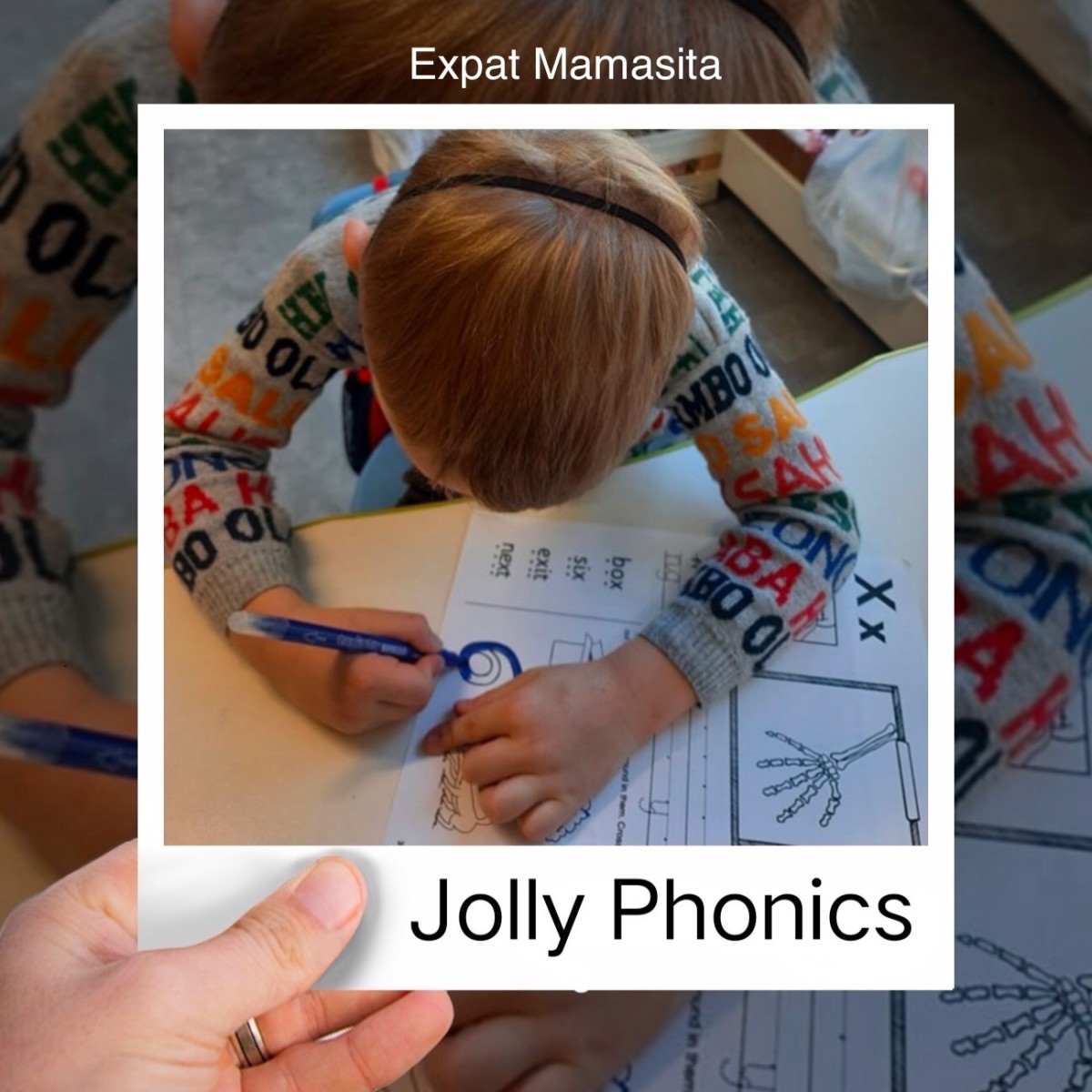Zero Tolerance, Zero Intelligence, Part 3: Symptoms of the Real Problem
Problem Behaviors as Symptoms
The problem with Zero Tolerance is that it is a bandage that covers a potentially deadly wound. The policy looks at these concerning behaviors as only being dangerous and illegal, yet we now know them also to be important mental health indicators. Certainly, safety is a concern for students and staff, rather than seeking to make connections with the mental health community, the current educational policy focuses on the relationship between the legal system and all that entails for how it impacts the lives of these students. The primary concerns of the education system are liabilities and legalities, rather than the wellbeing of the students.
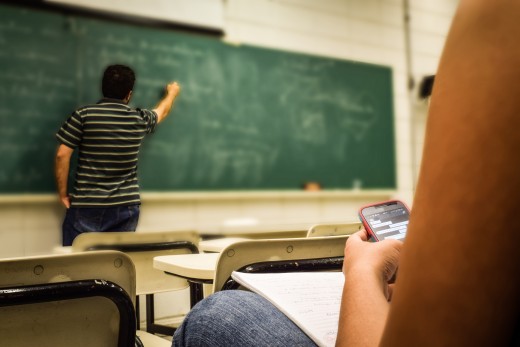
To be fair, these policies are also due in part to the political climate. Contributing factors of this climate include increasing responsibilities placed on educators by state and federal legislatures, case law from lawsuits, and limitations on resources thanks to economic struggles. In short, the combination of limited resources and changing sociopolitical agendas has reinforced a reactionary climate rather than a solutions-oriented climate. The approach of punishment over treatment is a natural result, albeit a frightening one. The origin of zero tolerance laws has been established, but the significant rulings in case law for zero tolerance include Vernonia v. Acton (1995), which allowed for suspicionless searches of school athletes, and Todd v. Rush County Schools (1998), the Seventh Circuit Court of Appeals upheld the legality of suspicionless searches by schools for the general population. In this last case, the Supreme Court refused to hear the case, letting the verdict stand (Drug Testing). In recent years, there has been a move away from upholding zero tolerance without due process thanks to the verdicts in the cases of Seal v. Morgan (2000) and Tannahill v. Lockney School District (2001). But the climate of punishment without examination of the data, and neglecting to provide treatment, is firmly rooted despite these rulings as well as a few other recent rulings against such practices (Seal v. Morgan, Drug Testing). Even with minor shifts, this does not change the policy and legal approach to a problem that has a solution.
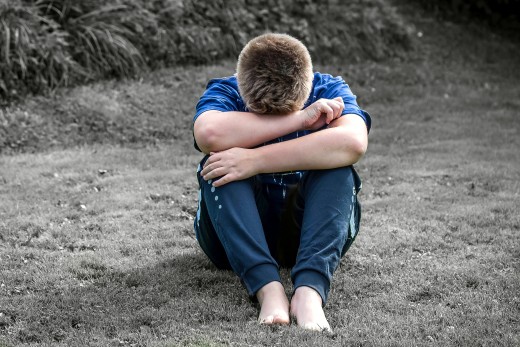
Behavioral problems, including substance abuse, are key indicators of mental health concerns. The research points to this truth; left untreated, mental disorders and disabilities have a drastic adverse effect on school performance. They increase poor vocational achievement, are disruptive to family life, resulting in difficulties with peers and authorities, increase burdens on the justice and child welfare systems, dramatically decrease the quality of life in those who suffer from them and reduce the life expectancy of those individuals (Wei). At present, and as a general rule, the treatment of students under current law and policies is unethical and is divorced from the mission of the educational community.
Case Study # 3
We have all been excited about something that has happened in our lives. For six year olds, that excitement is pretty vigorous and infectious. A lot of this has to do with the development of their brains, but it also has to do with the limit experiences that they have had as well. So when then-1st grader Zachary Christie took a Cub Scout camping utensil that had a folding fork, knife, and spoon to school, he was obviously excited to share his new acquisition and adventures with his peers and teacher. But the response on the part of the school administration was to suspend the little boy immediately. The school and district took a situation that could have been resolved with a confiscated camping tool and a phone call into an extensive, and drew out the process to include not only the initial suspension but also a Safe School Hearing, and the requirement of Zachary to go to a 45 day reform school before he could return to class (Urbina). Was the safety of the school or the wellbeing of the student being considered by this response?
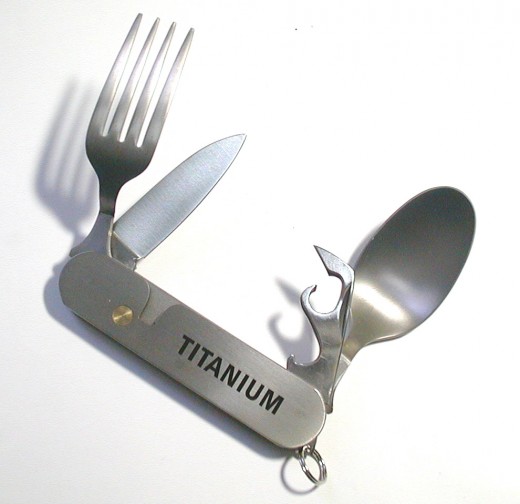
So What Now?
Rather than focusing on addressing these problems, the current mentality is to put a bandage on the affected area and "move them along" in hopes that the student might not drop out. Talking to any administrator, counselor, or teacher with experience will reveal that they are aware of those kids that they believe will drop out. Even if they want to do everything they can to prevent it, the odds are against them. This leaves us with a chicken-or-egg question: Where do the societal ills we face originate? The current socio-political climate and the policies being placed before us points to the education system and demands that we address these societal ills. While it seems impossible, there is a possible solution. The education system needs to include mental health as a core part of the curriculum.
By doing this, it will make a positive impact on the safety of students, faculty, and staff. It will benefit all students, as well as teachers; and it will benefit all, rather than those students who struggle. Furthermore, a proactive inclusion of mental health education will empower administrators to make calls that inclusively benefit everyone rather than excessively focusing on particular groups over others. It alleviates the uncertainty and fears that plague teachers while equipping them with much needed skills to create reasonably safe, learning oriented classrooms. Parents would be reassured that the schools are places for learning rather than being a source of further anxiety. As for students, they will be taught skills that will follow them through a lifetime, which will enable compassionate thinking, increase resilience, and remove mental roadblocks to opportunities presented to them in education and later in life.
The inclusion of mental health education differs drastically from school district to school district at the moment. Part of this is because of varying availability of services in the communities. Part of it is due to funding, or the lack thereof. Still, more is because of the philosophies and beliefs held leaders of the states, communities, and school districts. The one consistent component is that this is a need that must be addressed. The current policy is very reactive rather than pro-active since it is necessarily waiting for the metaphorical bomb to go off while hoping that there isn't too large of a blast. The majority of efforts are focused on cleaning up the after effects once the inevitably taken its toll, by employing heavy-handed, punitive legal measures, rather than taking an observation-based, scientifically-sound, proactive approach. By taking a proactive approach in detecting and disarming these proverbial bombs, districts would be aligning themselves with the National Board for Professional Teaching Standards. By doing this, it would make knowledge more accessible to all students by recognizing and distinguishing the differences between students so that they are treated more equitably, thus ensure that more of their learning ability is tapped into (NBPTS). Being proactive would be more ethical and would be ensuring that the learning and training objectives that are central to education are met in an ethical manner.
Case Study # 4
It is the goal of every teacher and school administrator to get young people to be responsible. Responsibility, once instilled, leads to many other fantastic developments. So when Kyler Davies, a 7th grader at Legg Middle School in Cold Water, Michigan found a pocket knife that he did not recognize in his backpack (which was recently purchased from Goodwill) and immediately turned it in, you would think that he would get a pat on his back and a thank you for obeying the rules. Or perhaps he'd receive an admonition to make sure to be aware of what was in his backpack. Instead, he got a one-year suspension from school. After his mother vocally protested the ruling, the suspension was magnanimously reduced to 30 days. The school district also tried to get the independent football league that Kyler played for to prevent him from paying during his 30-day suspension. His mother's response was, "He was turning it over like he was supposed to, and you are punishing him for doing what's right. So what is that teaching these kids?" The school district's response was that they do not comment on individual cases of discipline but that "discipline procedures are in our student handbook and are consistent with Coldwater Community Schools Board of Education policies which comply with the current laws of the State of Michigan regarding student discipline." (Chasmar)

Previous & Next Parts
- Zero Tolerance, Zero Intelligence, Part 1: Introduction
Zero Tolerance policies are designed to be mindless, and when enforced without careful thought result in great harm. Furthermore, these policies hide the underlying issues that affect school discipline issues. Part 1 introduces Zero Tolerance's origi - Zero Tolerance, Zero Intelligence, Part 2: The History
Part 2 examines the historical factors that lead to Zero Tolerance laws and policies and looks at another case study of its misuse. - Zero Tolerance, Zero Intelligence, Part 4: School Safety, Self-regulation, & Social Skills
Part 4, and the final part, addresses school safety, self-regulation, social skills, and gives a compelling case for taking a different approach other than Zero Tolerance.
Has your opinion changes since you read part 3?
Now what do you think about Zero Tolerance?
Works Cited (for Parts 1-4)
A Brief History of the Drug War. (n.d.). Retrieved February 05, 2017, from
http://www.drugpolicy.org/facts/new-solutions-drug-policy/brief-history-drug-war-0
Anderson, D. A. (2014). Encyclopedia of Law and Economics. Springer Verlag.
The Cost of Crime
Caldwell, Michael F., and Gregory J. Van Rybroek. 2005. “Reducing Violence in Serious Juvenile Offenders Using Intensive Treatment.” International Journal of Law and Psychiatry 28:622–36.
Caldwell, Michael, Jennifer Skeem, Randy Salekin, and Gregory Van Rybroek. 2006. “Treatment Responses of Adolescent Offenders With Psychopathy Features: A 2-Year Follow-Up.”
Criminal Justice and Behavior 33(5):571–96.
CBSNews, S. (2014, July 1). "Pop Tart" suspension should be upheld, school official says.
Retrieved July 22nd, 2016, from http://www.cbsnews.com/news/examiner-recommends-school-board-uphold-pop-tart-suspension
Chasmar, J. (2016, September 21). 7th-grader suspended after reporting pocketknife to school, mom says. Retrieved March 11, 2017, from http://www.washingtontimes.com/news/2016/sep/21/7th-grader-suspended-after-reporting-pocketknife-t/
Child population (in millions) ages 0–17 in the United States 1950–2015. (n.d.).
Retrieved July 22, 2016, from
http://www.childstats.gov/americaschildren/tables/pop1.asp
Drug Testing: Background Information - FindLaw. (n.d.). Retrieved July 22, 2016, from
http://education.findlaw.com/student-rights/drug-testing-background-information.html
Faith, M., Malcolm, K., & Newgent, R. (2008). Reducing potential mental health issues and alcohol abuse through an early prevention model for victims of peer harassment. Work,
31(3), 327-335 9p.
Fisher, A. (2005, November 16). USING CALIFORNIA STATE ANTIDISCRIMINATION LAW TO COMBAT THE OVERUSE OF SCHOOL SUSPENSIONS. Retrieved
July 22nd, 2016, from http://lawreview.usc.edu/wp-content/uploads/Fisher_online.pdf
Fogarty, L. (2014, October 14). Honor Student Accidentally Brings Banned Item, Gets Expelled.
Retrieved July 22nd, 2016, from http://www.opposingviews.com/i/society/honor-student-who-accidentally-brought-pocketknife-school-will-be-suspended-yearr
George, D. S. (2016, October 25). Resolution, years later, in boy's suspension over 'pastry gun'
Retrieved March 04, 2017, from https://www.washingtonpost.com/local/education/
resolution-years-later-in-boys-suspension-over-pastry-gun/2016/10/25/6bc337de-
96f5-11e6-bc79-af1cd3d2984b_story.html?utm_term=.b93969aa6c77
Gross, A. (2014, October 13). How a Pocketknife and Bad School Policy Can Ruin a Student's Life. Retrieved January 17, 2017, from http://www.slate.com/articles/life/education/2014/10/atiya_haynes_case_zero_tolerance_school_choice_and_one_detroit_student_s.html
Henault, C. (2001). Zero Tolerance in Schools. Journal of Law & Education, 30(3), 547-553.
History.com, S. (2009). Columbine High School shootings. Retrieved July 22nd, 2016, from
http://www.history.com/topics/columbine-high-school-shootings
King, C. A., Gipson, P. Y., & Opperman, K. (2015). The LET's CONNECT Intervention: Targeting social connectedness, bullying, and youth suicide risk. In P. Goldblum, D. L.
Espelage, J. Chu, B. Bongar, P. Goldblum, D. L. Espelage, ... B. Bongar (Eds.) , Youth suicide and bullying: Challenges and strategies for prevention and intervention (pp. 246-259).
New York, NY, US: Oxford University Press.
McCabe, S. E., Morales, M., Cranford, J. A., Delva, J., McPherson, M. D., & Boyd, C. J. (2007). Race/Ethnicity and Gender Differences in Drug Use and Abuse Among College Students. Journal of Ethnicity in Substance Abuse, 6(2), 75–95.
http://doi.org/10.1300/J233v06n02_06
Mangu-Ward, K. (2016, June 16). Judge Upholds Suspension of the Pop-Tart Gun Kid. Retrieved March 4, 2017, from http://reason.com/blog/2016/06/16/judge-upholds-suspension-of-the-pop-tart?src=fb
NBPTS. (n.d.). Retrieved April 07, 2016, from
http://www.boardcertifiedteachers.org/about-certification/five-core-propositions
O'Neill, ,. M., Clark, ,. K., & Jones, J. A. (2011). Promoting Mental Health and
Preventing Substance Abuse and Violence in Elementary Students: A Randomized
Control Study of the Michigan Model for Health. Journal Of School Health, 81(6),
320-330.
doi:10.1111/j.1746-1561.2011.00597.x
Powers, J. D., Swick, D. C., Wegmann, K. M., & Watkins, C. S. (2016). Supporting prosocial development through school-based mental health services: A multisite evaluation of social and behavioral outcomes across one academic year.Social Work In Mental Health,14(1), 22-41.
doi:10.1080/15332985.2015.1048842
Recalling the Apple and the Knife [Personal interview]. (2017, February 17).
Render, J. (2017, March 09). Dekalb middle school student brings gun to class. Retrieved March
11, 2017, from http://www.cbs46.com/story/34710548/dekalb-county-school-student-brings-gun-to-class
Ronón, J., Campbell, J., Galway, K., & Leavey, G. (2014). Exploring the Needs of Socially Excluded Young Men. Children & Society, 28(2), 104-115.
doi:10.1111/j.1099-0860.2012.00457.x
Sakellari, E., Sourander, A., Kalokerinou-Anagnostopoulou, A., & Leino-Kilpi, H. (2014). The impact of an educational mental health intervention on adolescents' perceptions of mental illness. Journal Of Psychiatric & Mental Health Nursing,21(7), 635-641.
doi:10.1111/jpm.12151
Seal v. Morgan. (n.d.). Retrieved July 23, 2016, from
http://caselaw.findlaw.com/us-6th-circuit/1204088.html
Skiba, R. J. (2014). The Failure of Zero Tolerance. Reclaiming Children & Youth, 22(4), 27-33.
Teske, S. C. (2011). A Study of Zero Tolerance Policies in Schools: A Multi-Integrated Systems Approach to Improve Outcomes for Adolescents.Journal Of Child & Adolescent Psychiatric Nursing, 24(2), 88-97.
doi:10.1111/j.1744-6171.2011.00273.x
Triplett, N. P., Allen, A., & Lewis, C. W. (2014). Zero Tolerance, School Shootings, and the Post-Brown Quest for Equity in Discipline Policy: An Examination of How Urban Minorities Are Punished for White Suburban Violence. Journal Of Negro Education, 83(3), 352-370.
Urbina, I. (2009, October 11). It’s a Fork, It’s a Spoon, It’s a ... Weapon? Retrieved March 13, 2017, from http://www.nytimes.com/2009/10/12/education/12discipline.html
Wei, Y., & Kutcher, S. (2014). Innovations in Practice: 'Go-to' Educator Training on the mental health competencies of educators in the secondary school setting: a program evaluation. Child & Adolescent Mental Health, 19(3), 219-222.
doi:10.1111/camh.12056
© 2018 Brian Middleton

